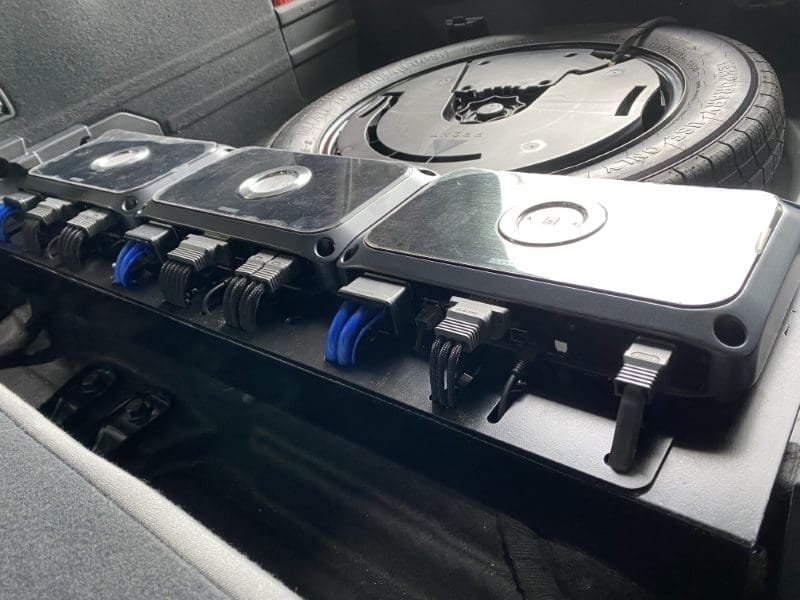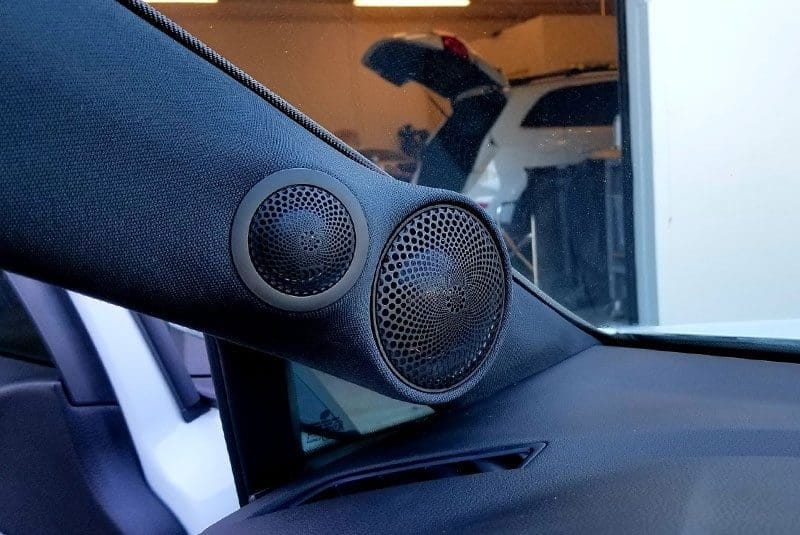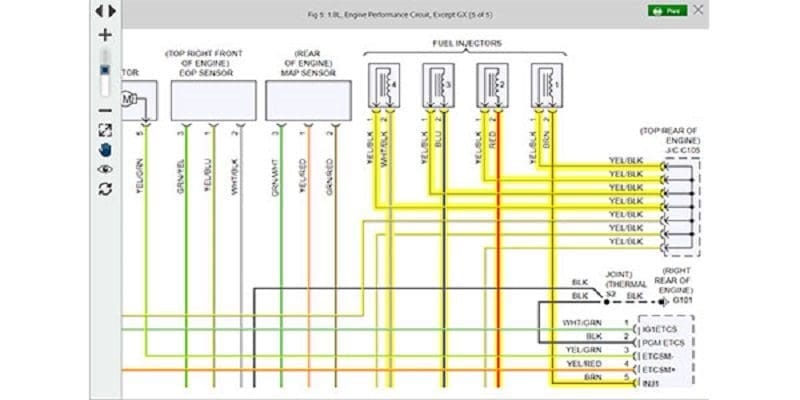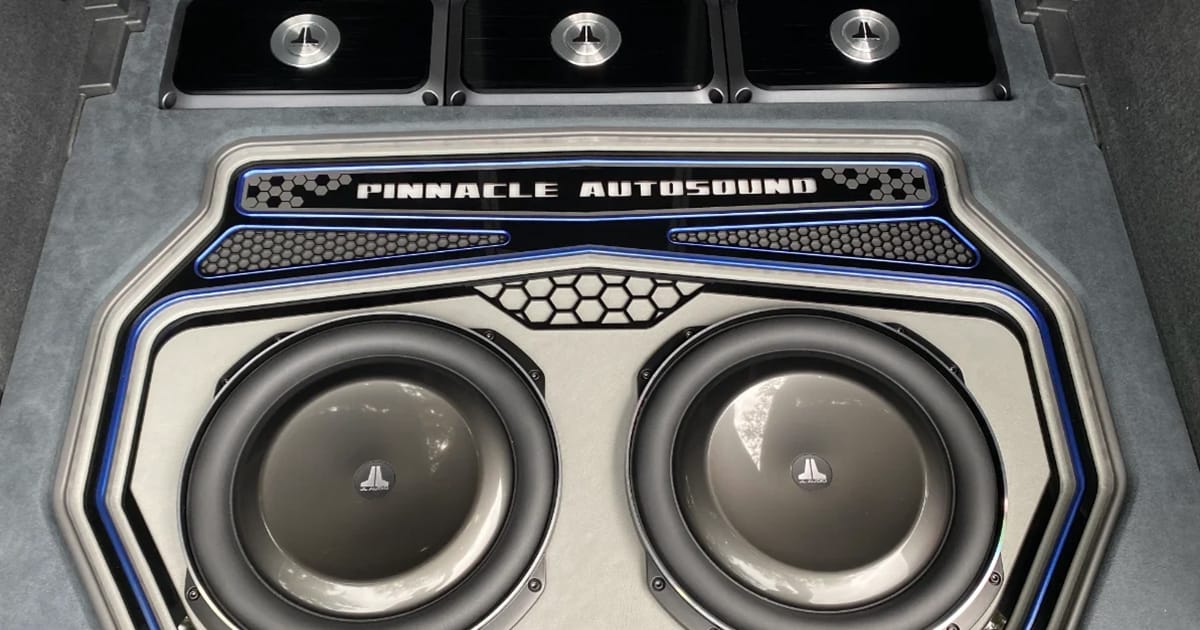When most people think about upgrading their car audio system, they focus on equipment: better speakers, a more powerful amplifier, or a subwoofer that hits harder. But one of the most important and often overlooked aspects of great car audio is the installation itself. A clean, professional installation is more than just a tidy appearance. It’s the foundation for performance, safety, and long-term reliability.
So, what exactly does a clean installation look like? And why does it matter so much?
What Is a Clean Installation?
In car audio, a clean installation means more than just neatly tucked wires. It’s about organization, planning, and precision. Every wire, every connector, and every mounting location is chosen carefully. Professionals aim to create systems that are both functional and serviceable, while integrating seamlessly with the vehicle’s design.
At its core, a clean installation includes:
- Proper wire routing and securing
- Use of quality materials like heat shrink, braided loom, and distribution blocks
- Secure mounting of all components
- Minimal or no damage to factory trim and panels
- Thoughtful integration with factory electronics
This level of care helps prevent noise issues, electrical problems, and premature wear on components.
Visual Presentation and Workmanship

The first thing most people notice in a professional installation is the look. Wires are neatly bundled, connectors are consistent, and there’s a clear sense of order. Nothing is left dangling or exposed. Everything has its place.
You’ll often see custom panels or amp racks built to match the vehicle’s interior. Whether it’s a hidden amp mount under a seat or a beautifully fabricated trunk layout, these touches reflect a level of craftsmanship that goes beyond functionality. Clean aesthetics are a reflection of clean wiring behind the scenes.
Electrical Best Practices
One of the biggest differences between DIY installs and professional work lies in the electrical system. Power and ground wiring must be done correctly to ensure both performance and safety.
A proper installation will use:
- Correct gauge wire for the amplifier’s power draw
- Fuses located close to the battery and at distribution points
- Solid ground connections on bare metal
- Secure terminals with no exposed copper
Poor wiring can lead to voltage drop, overheating, or even electrical fires. Professionals understand the importance of using quality components and following best practices to keep everything running reliably.
Acoustic Performance and Speaker Mounting

Installing speakers isn’t just a matter of screwing them into the factory holes. A clean installation means ensuring speakers are properly mounted and acoustically isolated.
Professionals often add sound-deadening materials to reduce panel resonance and road noise. They’ll also use adapter plates or custom mounts to ensure the speaker is securely fastened and sealed to the door or enclosure.
Subwoofers and amplifiers are mounted with airflow and vibration isolation in mind. Enclosures are designed to match the subwoofer’s specifications and the available space in the vehicle. It’s this attention to detail that delivers tight, accurate bass and improved clarity throughout the system.
Tuning: The Final Step
Even the best equipment won’t perform well without proper tuning. This is where professionals really set themselves apart.
Using tools like real-time analyzers (RTAs), test tones, and oscilloscopes, a qualified installer can dial in the system to achieve balanced frequency response, proper gain structure, and optimized time alignment. This ensures that every speaker plays at the right level, at the right time, for the most immersive soundstage possible.
DSP tuning is not guesswork. It requires training, experience, and precision. A clean install ends with a system that not only looks great but sounds exceptional in every seat.
Tools and Techniques That Make the Difference

Professionals bring more than just experience to the table. They use specialized tools that help them achieve consistent, high-quality results. This includes:
- Crimping and soldering tools for reliable connections
- Heat guns for clean wire protection
- Laser templates for custom panel fabrication
- Battery analyzers and voltage monitors to ensure electrical health
- Professional-grade diagnostic software like Mitchell1 ProDemand to understand complex vehicle wiring and integration requirements
Beyond the tools, many installers have formal training or certifications, such as MECP (Mobile Electronics Certified Professional), that prove their commitment to excellence.
Long-Term Value
A clean installation pays off over time. Well-routed wiring is easier to troubleshoot or upgrade later. Proper component mounting helps prevent failure from vibration or heat. Aesthetically pleasing installs often hold their value better, especially when transferring or reselling the vehicle.
Most importantly, a clean install avoids the risk of damage to the vehicle’s electrical system or interior. Cutting corners may save time, but it often leads to bigger problems down the road.
Questions to Ask Your Installer
Before choosing a shop or installer, here are a few questions to ask:
- How do you secure amplifiers and crossovers in the vehicle?
- What kind of power and ground wiring do you use?
- How do you handle signal integration with factory systems?
- What tuning tools do you use to optimize the sound?
Their answers will give you a good sense of their approach and professionalism.
Final Thoughts
Car audio is about more than the gear you choose. The quality of the installation has a direct impact on how your system performs, how long it lasts, and how it looks. A clean, professional install shows a level of care and commitment that sets true enthusiasts and professionals apart.
If you’re planning an upgrade, take the time to find an installer who values clean, precise work. It’s worth every penny.
Looking for a qualified expert to handle your next installation? Use the BestCarAudio.com Dealer Locator to find a trusted professional installer near you.

